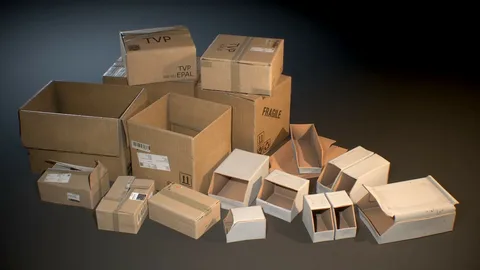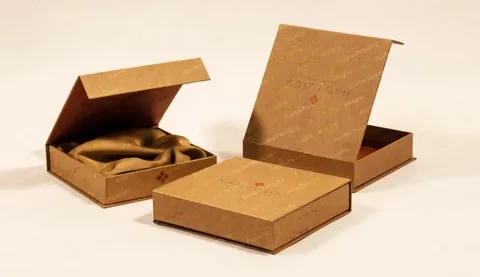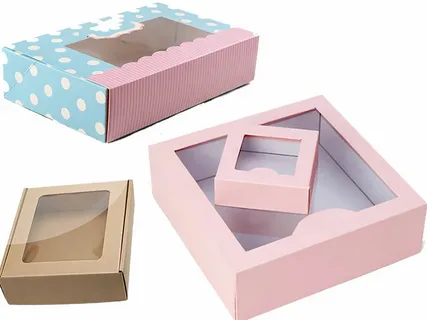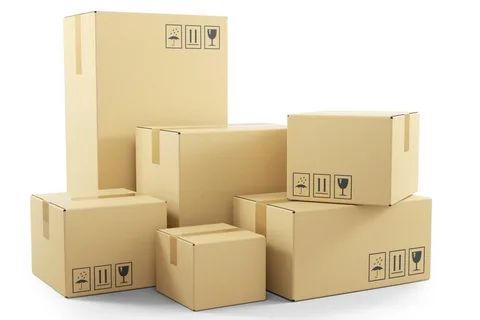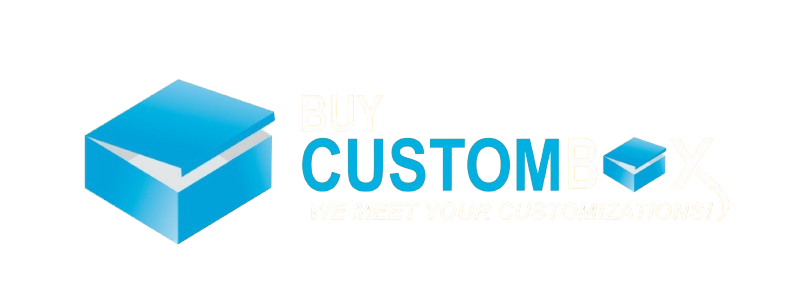Custom packaging often surprises new business owners with its price. Many ask: why is custom packaging so expensive? In Canada especially, costs can seem steep. In this post, we break down the reasons. We’ll use simple language, short sentences, and clear headings.
The Basics of Custom Packaging Costs
Custom packaging means designing boxes, bags, or containers with your logo, shape, and branding. It is not the same as ordering bulk plain boxes. Custom work adds steps, materials, and complexity.
Setup Fees and Tooling Costs
Before production begins, factories must create dies or molds. These tools cost money. Once made, they are used for repeated runs. But the initial setup is expensive. That setup makes custom packaging so expensive in many cases.
Small Minimum Order Quantities (MOQs)
Many brand-new or small businesses can’t order very large volumes. Suppliers set minimum orders to cover tooling and setup costs. When your run is small, each unit carries a bigger share of those fixed costs. This is one of the biggest reasons why custom packaging so expensive for startups in Canada.
Material Quality and Sustainability
Packaging materials vary greatly. Choosing eco‑friendly or premium materials raises the price.
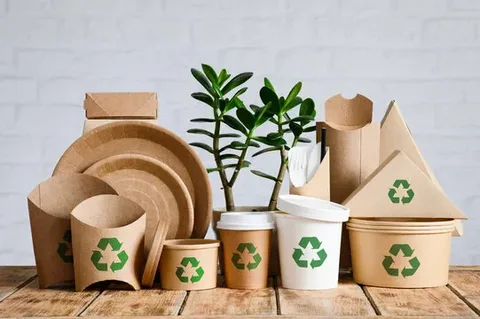
Premium and Eco Materials
Canadian brands often pick recycled, compostable, or FSC-certified materials. These materials cost more to source and process. With stricter sustainability standards in Canada, suppliers charge higher rates. That drives up why custom packaging so expensive.
Weight, Thickness, and Finish
Thicker board, specialty coatings, spot UV, foil stamping, embossing — these features all add costs. Heavier materials raise shipping and handling fees. That’s another reason behind steep custom packaging costs.
Design, Artwork, and Prototyping
Design work is more than picking a logo. It involves dielines, structural engineering, and artwork preparation.
Graphic Design Hours
Designers spend hours refining your artwork to match the box structure and print capabilities. Proofs, revisions, and color matching all take time. That labor contributes to why custom packaging so expensive.
Sample and Prototype Runs
Before full production, you’ll often ask for prototypes or samples. These require small test runs, which are inefficient in production. The cost of sample production per piece is high, hence it inflates the pricing overall.
Printing and Finishing Processes
Printing is a central cost driver. The method, number of colors, and finishing touches all influence the final price.
Printing Methods (Offset, Digital, Flexographic)
Each printing method has benefits and drawbacks. Offset printing has higher setup but lower per‑unit cost. Digital printing is more flexible for small runs but pricier per unit. The choice affects how expensive custom packaging becomes.
Special Finishes and Effects
Add-ons like embossing, spot gloss, metallic inks, or foil stamping increase complexity. Each effect often requires extra passes on the press, coatings, or additional machinery. These add real cost.
Labor, Overheads, and Location Factors
Labor and factory overheads vary across regions. In Canada, operating costs are generally higher than in some manufacturing hubs overseas.
Higher Labor Rates in Canada
Canadian labor laws, wages, benefits, and safety standards push up factory costs. That’s passed on to customers ordering custom packaging in Canada. This helps explain why custom packaging so expensive domestically.
Energy, Rent, and Utilities
Factories need electricity for presses, air conditioning, climate control, and facility overheads. In colder regions of Canada, heating is also a factor. These overheads raise the cost of producing each box.
Shipping, Customs, and Logistics
Even after manufacturing, getting your boxes to your door adds expense.
Freight Costs and Weight
Boxes weigh more if they use heavier stock or added finishes. Heavier shipments cost more to ship. Especially in Canada, where distances are vast and transport is expensive. That inflates the delivered cost of custom packaging.
Import Duties and Taxes
If you source packaging from overseas, you may face import duties, taxes, or brokerage fees. These can add significantly to your overall cost. That’s another layer in why custom packaging so expensive for Canadian businesses.
Volume, Scale, and Economies of Scale
Higher volumes always drive cost per unit down.
Bulk Discounts
If you order thousands or tens of thousands, the fixed costs (setup, design, tooling) are spread over many units. That makes each unit much cheaper. Small runs don’t get these economies, which helps explain the high cost per box.
Inventory Risk and Storage
Ordering large volumes raises inventory risk and storage costs. Some brands hesitate to commit. Suppliers may charge extra because they carry that risk. That risk premium is embedded in pricing.
Why Pay the Price? The Value of Custom Packaging
You might wonder: is it worth it? The answer often is yes — if used smartly.
Brand Experience and Differentiation
Great packaging builds brand identity. In a competitive market — especially in Canada — unique packaging helps you stand out. That brand value can justify the cost.
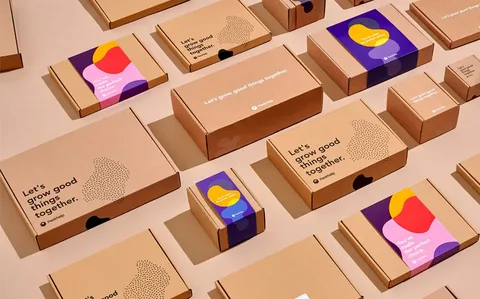
Customer Perception and Unboxing
Custom packaging often increases perceived value. It can make the unboxing experience memorable. That boosts repeat purchases, social shares, and word‑of‑mouth.
Strategies to Lower Custom Packaging Costs
While custom packaging is expensive, you can manage costs with smart decisions.
Start with Minimal Customization
Begin with a base box design and add modest branding. Avoid overly complex structural changes at first. Use simple prints or one-color branding if possible.
Consolidate Designs
If you have multiple SKUs, use similar packaging templates. That lowers tool changes and setup fees. Less variation means lower cost.
Order Larger Runs (When Possible)
Increasing quantity reduces per-unit cost. Save money by ordering more boxes at once — if your storage allows. In Canada, bulk shipments often make financial sense.
Partner with Local Printers
Working with a Canadian printer reduces shipping, customs, and lead time. Local factories may also help you tweak design to cut costs on finishes or material usage.
Real Case Example (Hypothetical)
Imagine a small artisan soap company in Ontario. They want to custom‑print a box with gold foil, unique shape, and a logo on all sides. Their initial order is only 500 units. The supplier quotes $4 per box. Why so high?
- Setup and tooling fees apply
- FOil stamping, specialty finishes used
- Small run: fixed costs spread over 500
- Elevated Canadian labor and energy costs
- Shipping and handling built in
If they increase order to 5,000 units, price might drop to $1.50 per box. The difference is dramatic once volume improves.
Final Thoughts on “Why Is Custom Packaging So Expensive?”
When people ask why is custom packaging so expensive, the answer lies in multiple cost drivers: tooling, labor, materials, finishes, shipping, and scale. In Canada, added overheads and import complexities exacerbate the situation.
But expensive doesn’t mean impossible. With smart planning — like gradual customization, ordering in volume, consolidating designs, and partnering with local Canadian vendors — you can reduce costs significantly.
If you’d like an affordable quote or packaging solution, I recommend exploring services like buycustombox, which can help you balance quality with cost. At buycustombox, they understand Canadian market challenges and often suggest cost‑saving alternatives without sacrificing brand presence.


